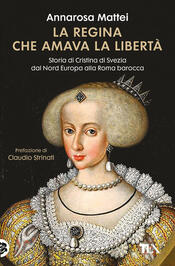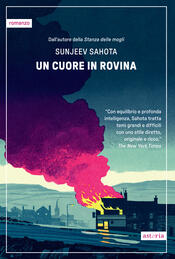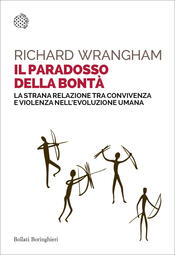

Sinossi
È un pomeriggio d'estate a Bombay nel quartiere malfamato di Kennedy Bridge. A partire dalle prime ore del pomeriggio, i marciapiedi davanti ai bordelli e ai ritrovi per soli uomini si riempiono di sguardi equivoci e indiscreti. Proprio nei pressi dei bordelli, in fondo alla strada, vive Dhondutai, la grande musicista, l'allieva di Bhurji Khan, il figlio di Alladiya Khan, il leggendario fondatore del gharana di Jaipur, una delle più antiche scuole di musica classica indiana, e di Kesarbai, la cantante celebre per essere stata una donna senza peli sulla lingua, ma che quando intonava un raga di straordinaria bellezza dietro l'altro trascendeva davvero la sua natura mortale. Sono le cinque, quando Namita e sua madre arrivano a casa di Dhondutai. Namita ha dieci anni e un solo desiderio: fare sua la divina arte dei raga. La sua futura insegnante la accoglie con un sorriso angelico. Alta più o meno un metro e mezzo, porta una sari bianca, stirata e inamidata con cura. Ha i capelli neri cosparsi da un'abbondante dose di olio e un aspetto sorprendentemente giovanile. La fa subito entrare nella stanza della musica: una cameretta angusta, con due lucidi tanpura appoggiati alla parete, i muri spogli, a parte una fotografia ingiallita dei genitori, un Ganesh in technicolor, ritagliato dal vecchio calendario di un'industria farmaceutica, e il ritratto di Kesarbai Kerkar, con il capo coperto da una sari bianca, i capelli con la riga da una parte e un filo di perle al collo.
- ISBN: 8854503258
- Casa Editrice: Neri Pozza
- Pagine: 303
- Data di uscita: 02-07-2009
Recensioni
I give this book five stars because it is about Indian music. It is a tribute to music, to a tradition that is getting lost to modernity. I feel strongly about this loss. I wish it gets jelled into modernity rather than subsumed by it. Namita did a great job by writing this book; the book captures t Leggi tutto
This book is more than a story – it’s a tribute from a student to its teacher, to the generations of musicians and their struggles to create, excel in the musical gems and pass them to the next generations through tough training and trust, the history of the rise of a classical music empire and inhe Leggi tutto
They say that a book finds you when you are ready for it. That is certainly true of Namita Devidayal's "The Music Room". I bought the book for my mother a few years back with the intention of someday reading it myself, but it found it's way to me only now. I am glad I didn't read it before, because
The Music Room is a memoir of the writer's musical journey and learning under the tutelage of Gaanyogini Dhondutai Kulkarni of Jaipur Atrauli gharana. Apart from Vidushi Dhondutai, the memoir also touches upon the life of two other luminaries of Jaipur Atrauli gharana, and finest musicians of their
This is a memoir of the author's (reluctant) initiation into the world of Hindustani Classical Music by her mother and the journey thereof. In this journey, she brings on board her teacher, Dhondhutai, and her teachers, tracing an entire lineage of the famous Jaipur-Atrauli Gharana, founded by Allad Leggi tutto
The book felt like listening to a Tanpura tuned to perfection. The ‘sa’ resonated throughout in the shape of Dhondutai. It also got me hooked to the sensation called Kesarbai, who I must admit (with a lot of shame), I’ve never heard of before. As a musician, the book validated a lot of fears and cha Leggi tutto
Citazioni
Al momento non ci sono citazioni, inserisci tu la prima!























